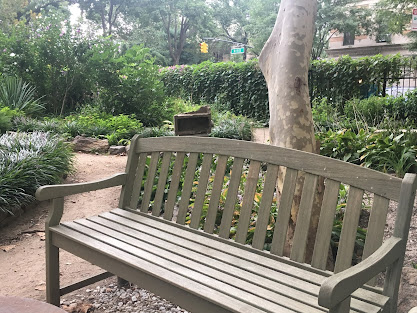 |
| Policing and security roles are shifting dramatically in the era of harmscapes |
by Tarah Hodgkinson
The nature of security has changed dramatically in the 21st century. This is largely due to the changing nature of harm, changes that have significant implications for policing and security. In a recent discussion with colleague and renowned criminologist Professor Clifford Shearing, we explored his leading research on 21st-century “harmscapes” and what he calls evolving securities.
What does this mean?
In the last year alone, we have seen an expansion of policing into public health related to the COVID-19 pandemic. We have seen the devastating effects of climate disasters, which threaten food and water supplies and threaten physical security and safety around the world. We are seeing cyber-attacks on banking systems that require extensive knowledge of technology. The nature of harm is changing and so is the security needed to address it.
 |
| Climate change represents a new form of insecurity |
Professor Shearing and other researchers from the Evolving Securities Initiative have been exploring case studies like these to better understand the interaction of humans and the earth and the role that will play in the future of safety and liveability. This work recognizes the importance of social ecology – a core tenant of the SafeGrowth philosophy – and how the biosphere, lithosphere, atmosphere, and humans interact to create and address these harmscapes.
 |
| Evolving interactions of humans with the Earth demand a new conception of security and the regulatory agencies that police it |
Policing researchers (myself included) need to recognize the expanding role of policing and security. What does this mean for governance and safety? How does power function in these newly emerging organizations? How will we partner with practitioners in these new organizations to improve the safety and liveability of 21st-century communities?
It is no longer appropriate to see policing as something done only by police agencies. There are multiple actors and regulatory bodies that “police” these emerging harmscapes. It means the way we research and understand these evolving securities must change.
 |
| Climate change affects farming and food supplies and could devastate the world's food production |


